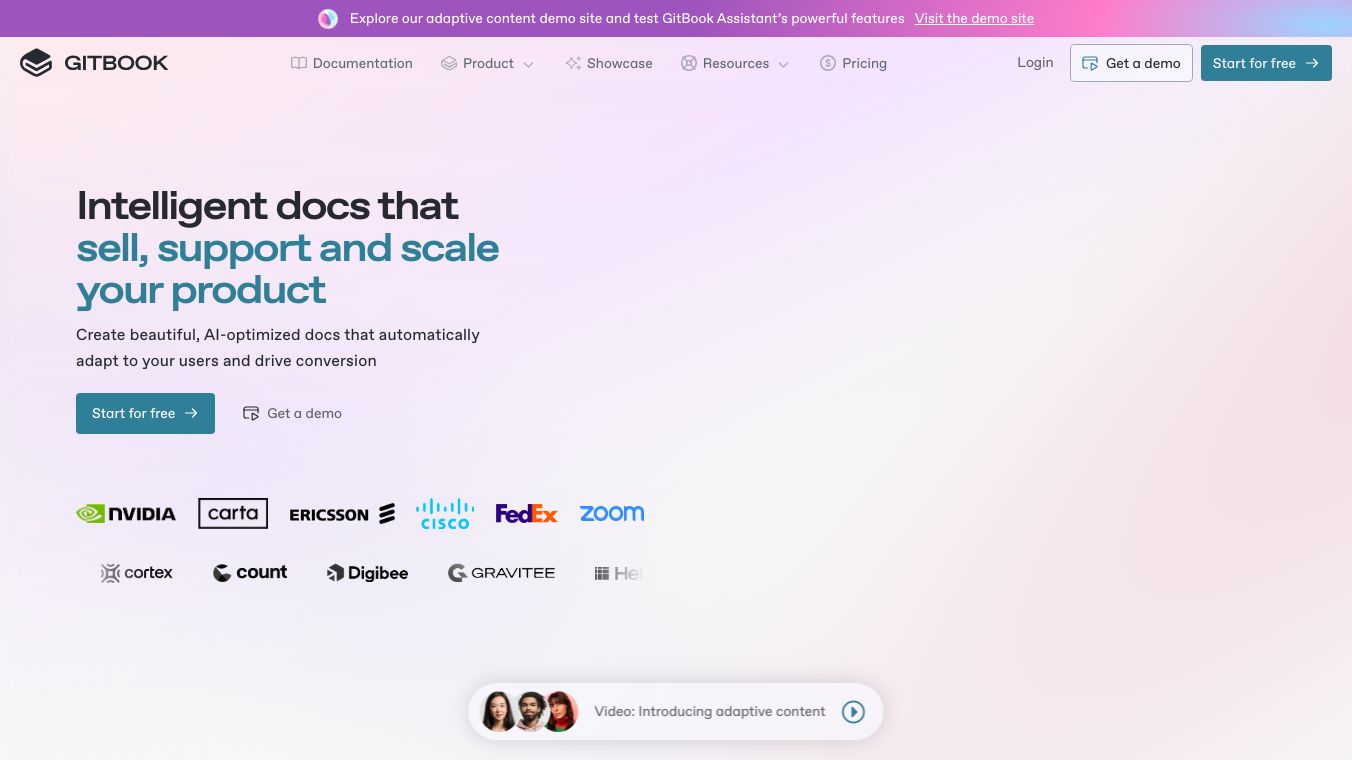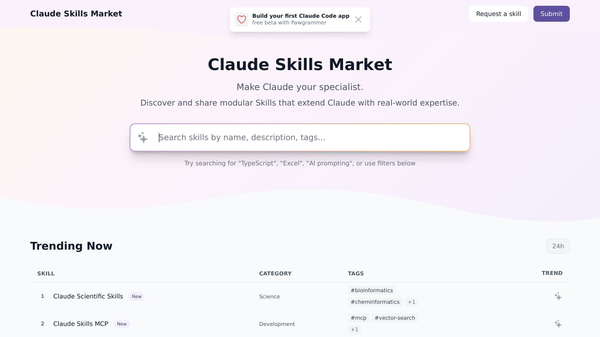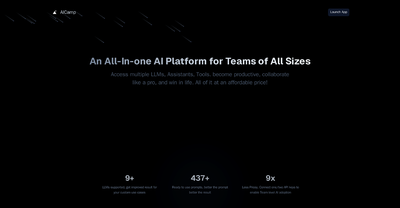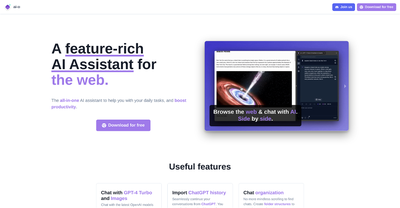Dynamic, adaptive documentation

Dynamic, Adaptive Documentation: The Future of Documentation
Dynamic, adaptive documentation is a new approach to creating and managing documentation. It focuses on making documentation easier to update, maintain, and personalize. This approach integrates documentation into the places where users need it, such as support chats or within a product itself.
Benefits
Dynamic, adaptive documentation offers several key benefits:
- Easier Updates and Maintenance: Simplifies the process of updating and maintaining documentation with useful tools and integrations.
- Personalized Experience: Adapts to individual users to offer an advanced, personalized experience.
- Real-Time Information: Provides users with the information they need when and where they need it.
- Detailed Metrics: Allows documentation creators to access detailed metrics about how users are interacting with their docs and whether they are meeting their goals.
Use Cases
Dynamic, adaptive documentation can be used in various scenarios:
- Support Chats: Provides users with the information they need directly within a support chat.
- Product Integration: Integrates documentation within the product itself, making it easier for users to find the information they need.
- Personalized Landing Pages: Creates unique landing pages for different pricing plans, showing users only the information relevant to their plan.
- Feature Flags: Shows or hides site sections depending on whether a user has access to a specific feature flag in the product.
Additional Information
GitBook is at the forefront of building the next generation of documentation. They are introducing features like computed content, which pulls information from pre-existing content to create documentation in seconds with limited manual effort. This feature is already available and allows users to create API documentation from an OpenAPI spec in just five clicks. Soon, it will also enable users to localize their existing docs into any language they want in seconds using built-in AI.
GitBook is also working on adaptive content, which will offer advanced personalization built right into the platform. This will allow users to build a single docs site with all the variations of content for different user groups and show individual users only the content that's relevant to them. They are also exploring ways to integrate this personalized content more deeply into product experiences.
In terms of analytics, GitBook plans to let users filter analytics based on customer segments. This will help users understand the different docs usage between enterprise customers and other customers, or how experienced users browse docs compared to brand new customers. These metrics will not only make it easier to prove the value of docs to stakeholders but also help identify user pain points and knowledge gaps.
GitBook is also working on a feature that uses AI to proactively identify customer pain points and make suggestions for documentation edits that help address them. This feature is still in development, but it promises to save users time on customer research or data analysis.
All these features are still in their infancy, but they represent huge first steps in building the next generation of documentation. The first computed content feature is available right now, and adaptive content, auto-translation, and insights improvements are all coming very soon. GitBook continues to expand and add new functionality to make documentation an even better resource for users.
This content is either user submitted or generated using AI technology (including, but not limited to, Google Gemini API, Llama, Grok, and Mistral), based on automated research and analysis of public data sources from search engines like DuckDuckGo, Google Search, and SearXNG, and directly from the tool's own website and with minimal to no human editing/review. THEJO AI is not affiliated with or endorsed by the AI tools or services mentioned. This is provided for informational and reference purposes only, is not an endorsement or official advice, and may contain inaccuracies or biases. Please verify details with original sources.






Comments
Please log in to post a comment.